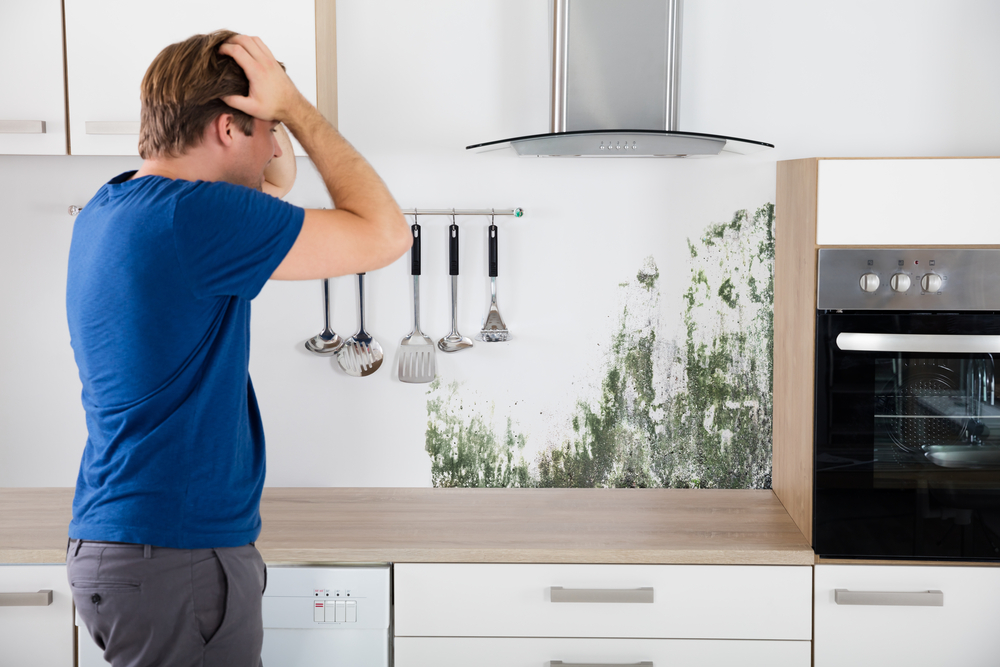Damp and mould – whose responsibility is it?

On March 20 2019, a new law came into force to ensure that all privately rented properties are ‘fit for human habitation’.
The aim is to ensure rented properties are safe, healthy and free from things that could cause serious harm, in line with the Homes (Fitness for Human Habitation) Act 2018. This means that if rented properties are not ‘fit for human habitation’, tenants can take their landlords to court.
Within this Act, there are 29 hazards listed, some of which are damp and mould growth, personal hygiene, sanitation and drainage, noise and food safety, to name a few – and a landlord should not have any of these hazards in their properties.
There are ways of ensuring any issues are kept at bay. An independent inventory report is a very important part of the letting process, not just to ensure that the condition of the property is accurately and clearly documented for all parties, but also to alert landlords to any potential legal issues arising in their properties.
We understand that many landlords do not regularly visit their properties and rely on managing agents to ensure they are maintained to the required living standards. An inventory, check out or mid-term inspection report will assist all parties by alerting them to any such issues and therefore allow the landlord an opportunity to rectify the issue as soon as possible.
Landlords should, in particular, be wary of mould and damp in the colder winter and early spring months. The most recent winter was one of the worst yet for mould, and it’s something that landlords – or their agents – increasingly need to be aware of.
Whose responsibility is damp and mould growth, though? This is a common, contentious question. Here at the AIIC, we provide clarification for our clerks on our training courses and guidance in our fair wear and tear guide.
A landlord should provide adequate ventilation, including working extractor fans, air vents and adequate drying facilities, and the tenant is expected to use them. A landlord cannot expect a tenant to ventilate a property if they have not provided adequate ventilation, and it is unreasonable to expect tenants to keep windows open to ventilate a property due to security, safety and energy conservation issues.
Live mould is considered to be a cleaning issue and therefore chargeable to the tenant. If mould appears, a tenant should regularly wipe the area clean in order to mitigate any further damage to the property. Any residual staining would be considered fair wear and tear. Many tenants are not aware of their obligation to clean the areas and we regularly educate tenants when attending properties in this respect.
Mould can appear at any time and varies in properties from tenancy to tenancy. By carrying out regular inspections, your AIIC clerk can alert landlords to any potential mould issues arising and allow them to work with tenants to reduce and manage the issue.
Full guidance is set out in our Fair Wear and Tear Guide which is available to purchase online via our website.
Published on 16/03/2022
